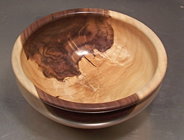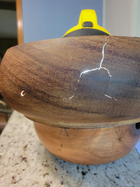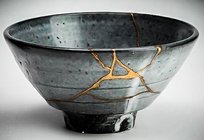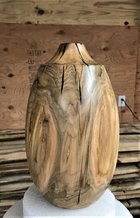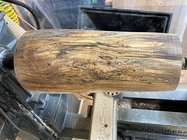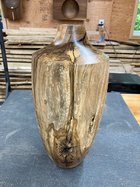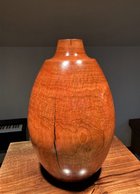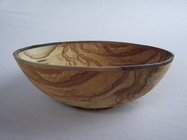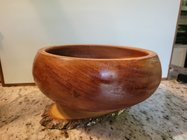Normally I don't have splits, but sometimes the wood does come with splits in it and is such that I will keep it and turn anyway.
Like this Black Walnut I got and had a split in it, seeing that it had some nice curl I decided to keep and turn it, drilled holes on both sides of the split and then got some brass wire and stitched this, did this in 2006.
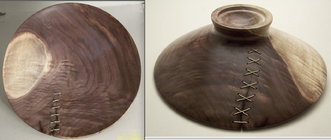
Another one I got from a friend that forgot to bring it along and had it left in the back of his truck, well by the time I got it there were several splits in it, as it was a graft from an Apple tree, I could see it still as a nice project, so hollowed it out and it was a difficult piece to keep from destroying itself, as it wanted to open up I used a hose clamp and wen done I replace that with brass wire, wrapped several times around the neck, LOML liked it enough to confiscate it

.

Best thing is to prevent splitting from happening, not always easily done with some wood pieces that will normally just have to split, but I have had good success with staples hammered into the wood where I would expect the piece to split open.
Like this smaller Walnut crotch, it has a small knot in it that did split and I filled that with coffee ground and CA but the crotch I kept from opening up by making a hard SS wire into a staple and hammered that into and across the crotch after drilling small holes, you can see the piece dried and bowed, but it never split, done a few more with good result.
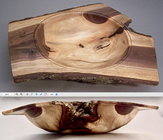
Here is a piece where I filled a short split, I do not like the result but the wood is nice enough to overcome the small defect IMO.
